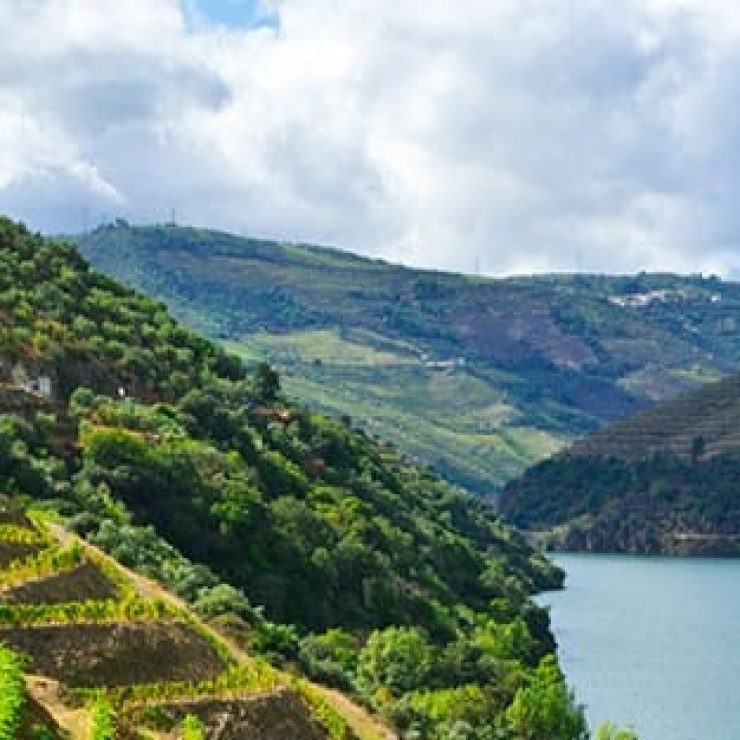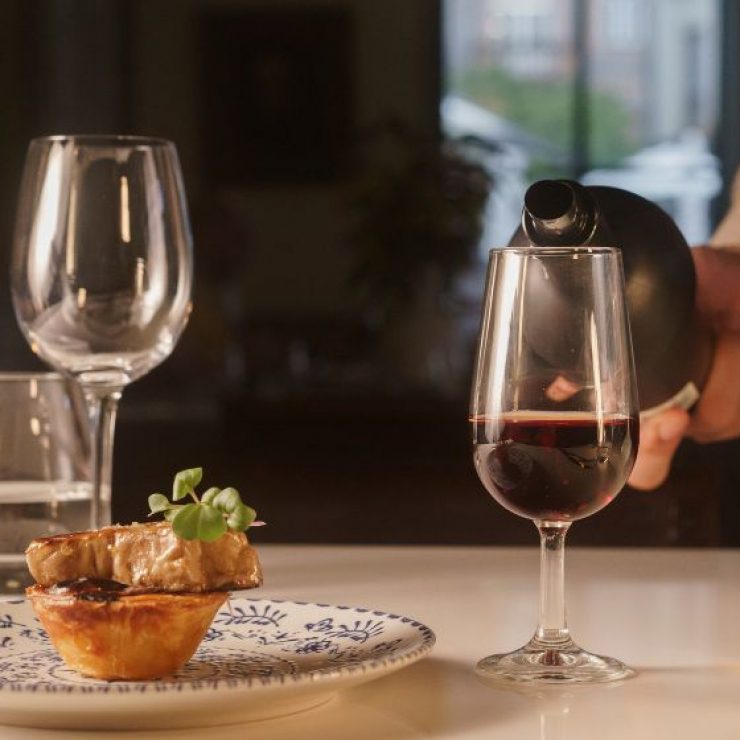Vila Nova de Gaia is a vibrant city. Well known for its Port wine cellars, Douro wine, the Douro River and the emblematic Rabelo boat.
It’s becoming increasingly attractive, offering a wide range of cultural, leisure, gastronomic, and wine-related activities. There’s so much to see and do, take your time here and stay at a hotel in Porto, Gaia.
Come and discover why Gaia is the place to be, to see, and to visit.
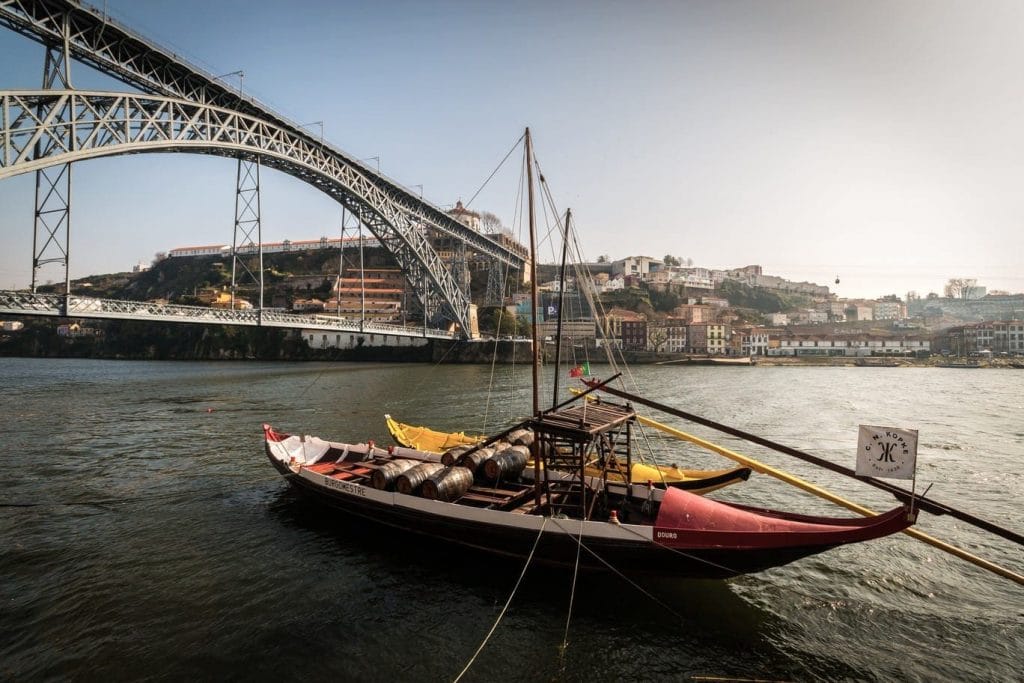
What to visit and see
The selected points of interest are highlighted in order of walking distance from Gaia.
Port Wine Cellars
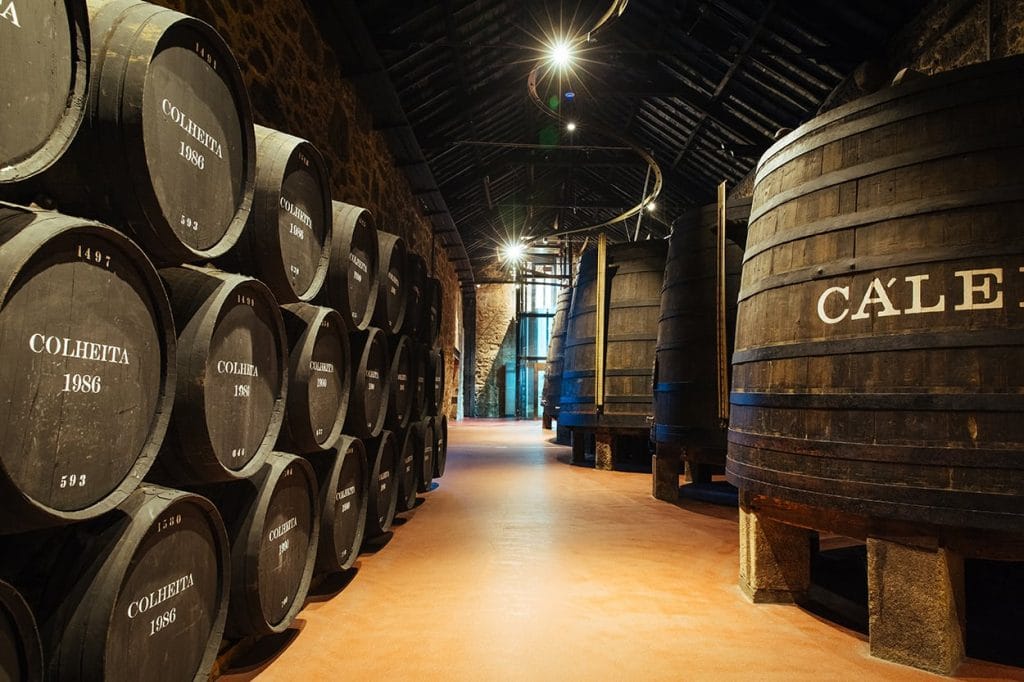
Discover the essence and history of Port and Douro Wine, as well as the best places to enjoy it.
Distance: from 3 to 14 min on foot, with the closest being the Calém Cellars.
Luiz I Bridge
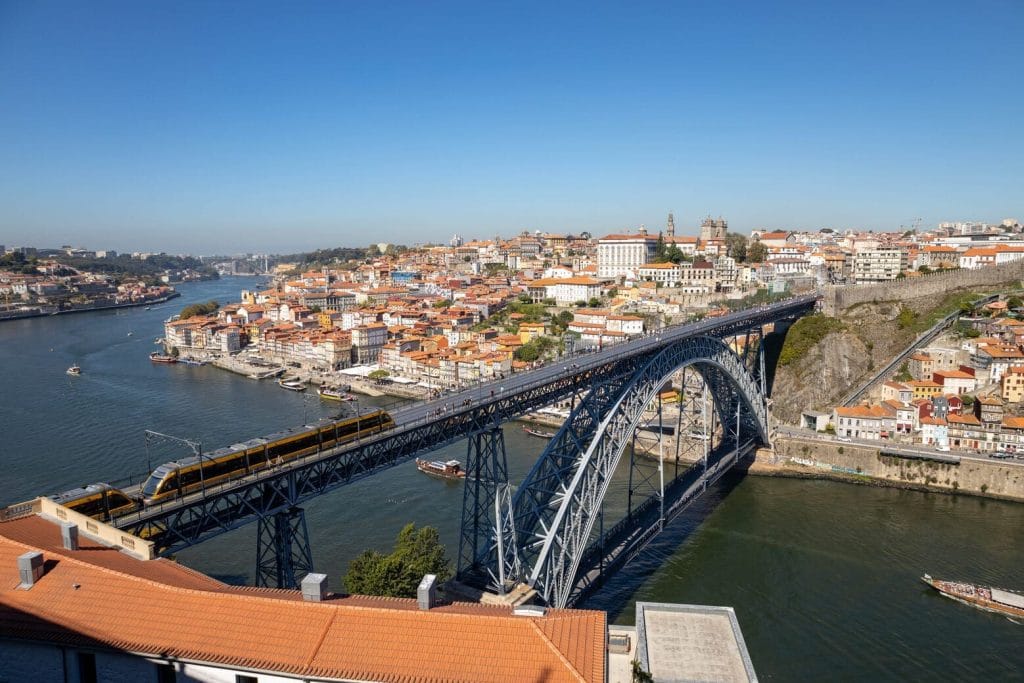
The Luiz I Bridge is a double-deck iron bridge built between 1881 and 1886, connecting the cities of Porto and Vila Nova de Gaia. The original project was developed by François Gustave Théophile Seyrig, a former partner of Gustave Eiffel, working for the Belgian company Société Willebroeck. It was inaugurated on October 31, 1886. The bridge is one of the iconic landmarks of the riverside areas of both Porto and Vila Nova de Gaia and is part of the UNESCO World Heritage classified zone.
Distance: 3 min on foot
Church of Santa Marinha
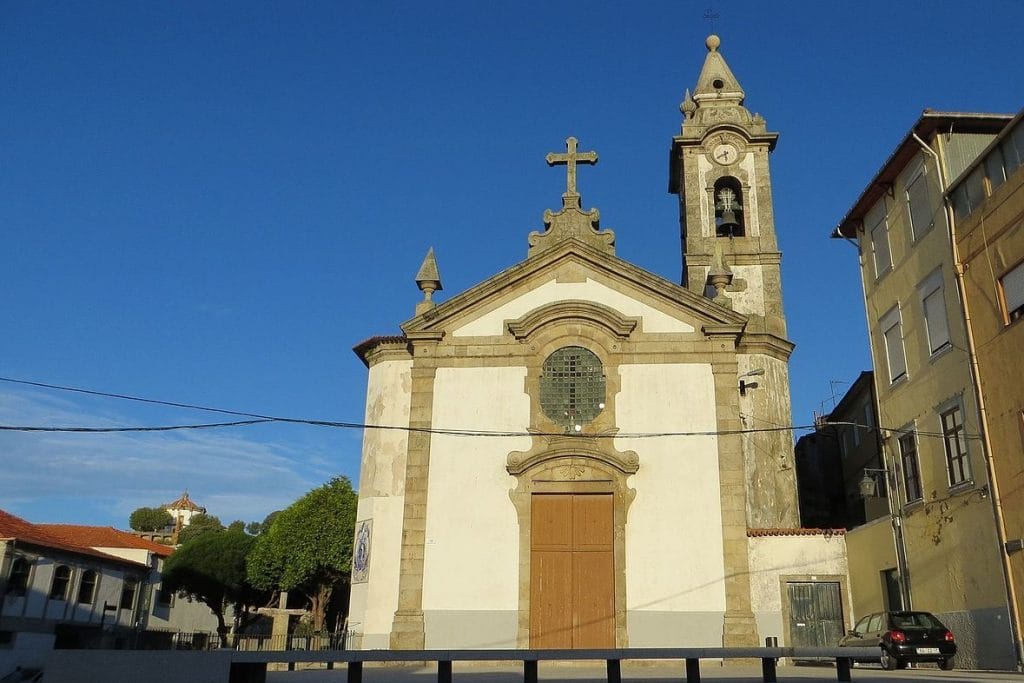
The parish church was built in the 16th century on top of a medieval chapel and was completely remodeled throughout the 18th century. The chancel is Rococo style, forming a unified ensemble composed of the high altarpiece, of excellent carving quality, the frames of the side paintings, and the tiles, certainly made in Lisbon, depicting scenes from the Old Testament.
Distance: 8 min on foot, 4 min by car
WOW (World of Wine)
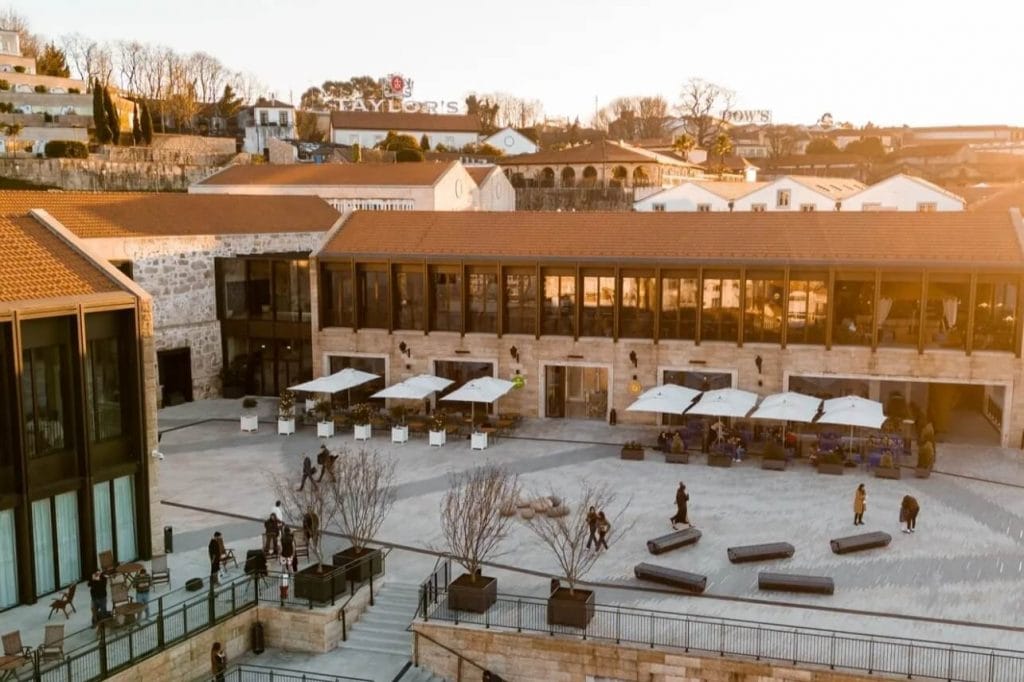
WOW is Vila Nova de Gaia’s cultural quarter, home to several museums, bars, and restaurants. In addition to the rich cultural and gastronomic offerings, it also offers a stunning view over the city of Porto.
Distance: 10 min on foot, 3 min by car
Serra do Pilar Monastery
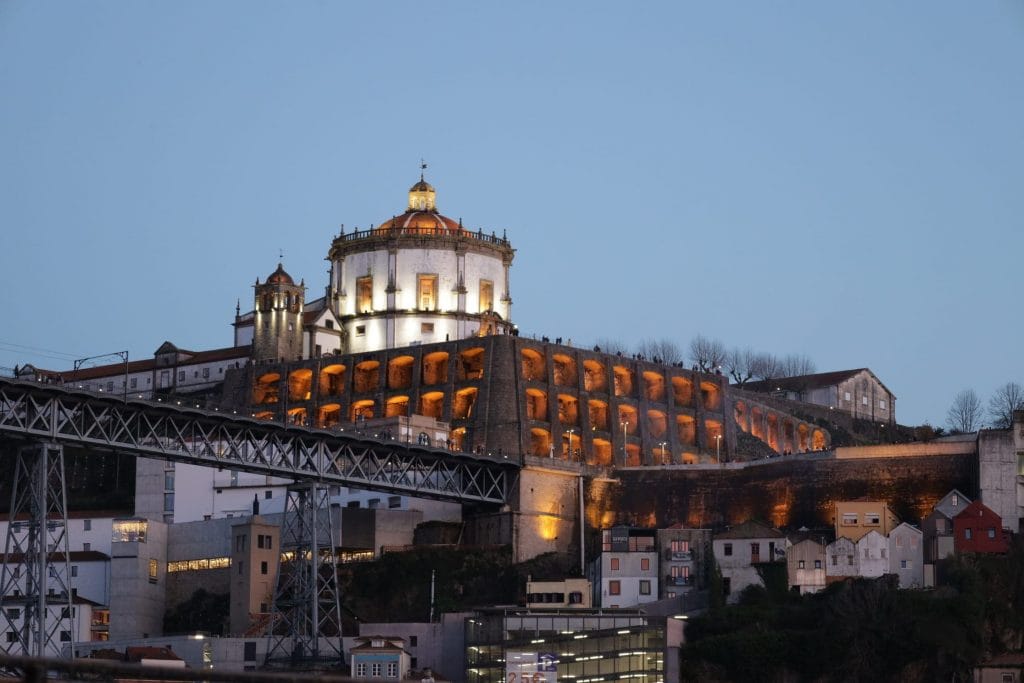
Classified as a UNESCO World Heritage Site since 1996, it is a true landmark of Vila Nova de Gaia. Currently closed for renovation works.
Distance: 11 min on foot, 6 min by car
Convent of Corpus Christi
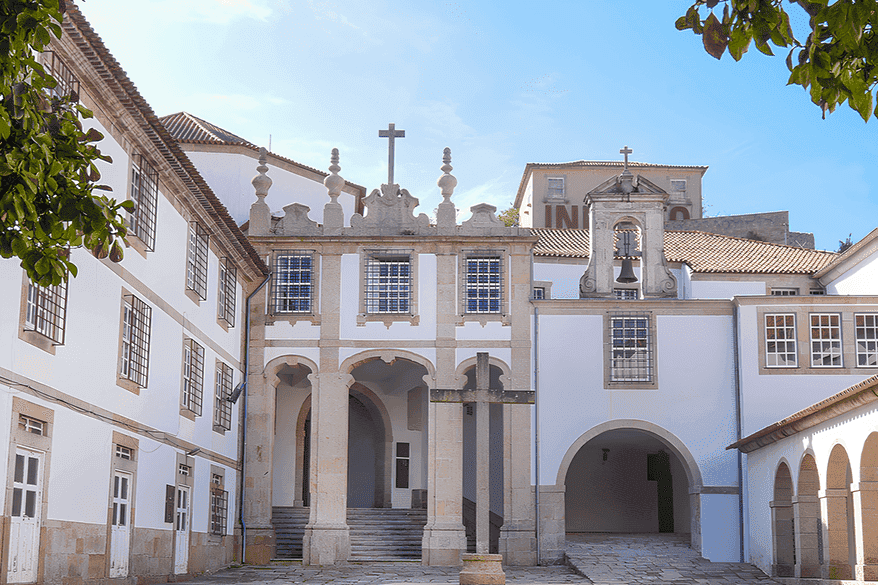
The Monastery of “S. Domingos das Donas de Vila Nova de Gaia”, also known as the Convent of Corpus Christi, was a Dominican convent founded in 1345 by Dona Maria Mendes Petite, mother of Estêvão Coelho, a counselor to King Afonso IV and one of those responsible for the assassination of Inês de Castro. Buried here are D.ª Maria Mendes Petite, D.ª Leonor Alvim (wife of the holy constable D. Nuno Álvares Pereira), and Álvaro Anes de Cernache, the standard-bearer of the “Lovers’ Wing” at the Battle of Aljubarrota (1385).
Distance: 12 min on foot, 6 min by car
House of Culture – Casa Barbot
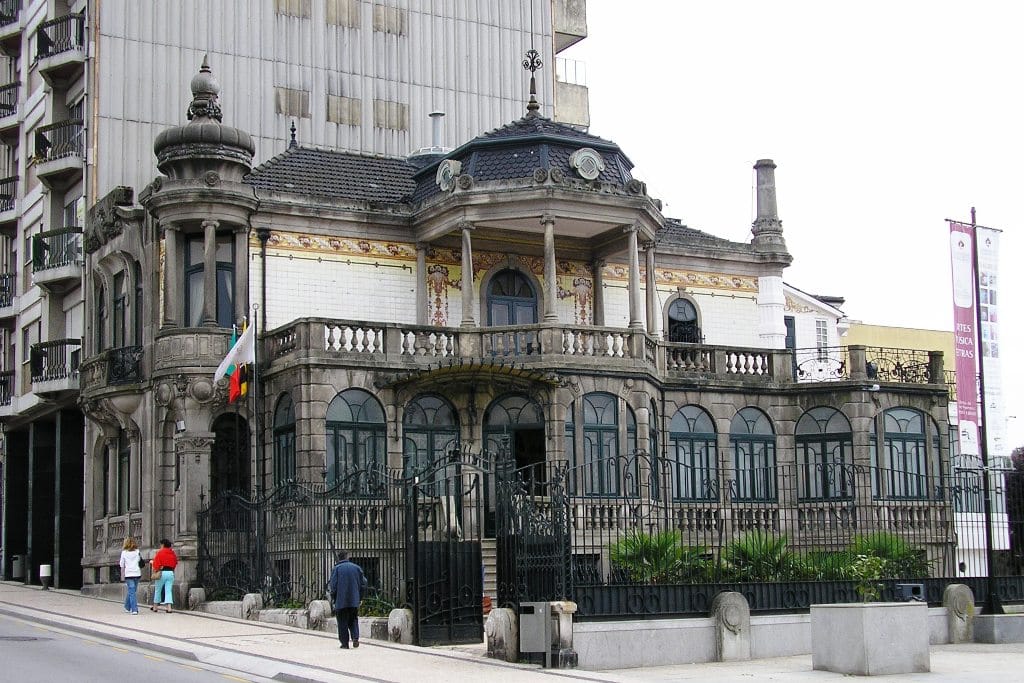
Casa Barbot – House of Culture currently offers a space dedicated to exhibitions and the promotion of events such as debates, colloquiums, seminars, workshops, book launches, and musical performances. It has been classified as a Property of Public Interest since 1982. Currently closed due to restoration works.
Distance: 14 min on foot, 3 min by car
Teixeira Lopes House-Museum
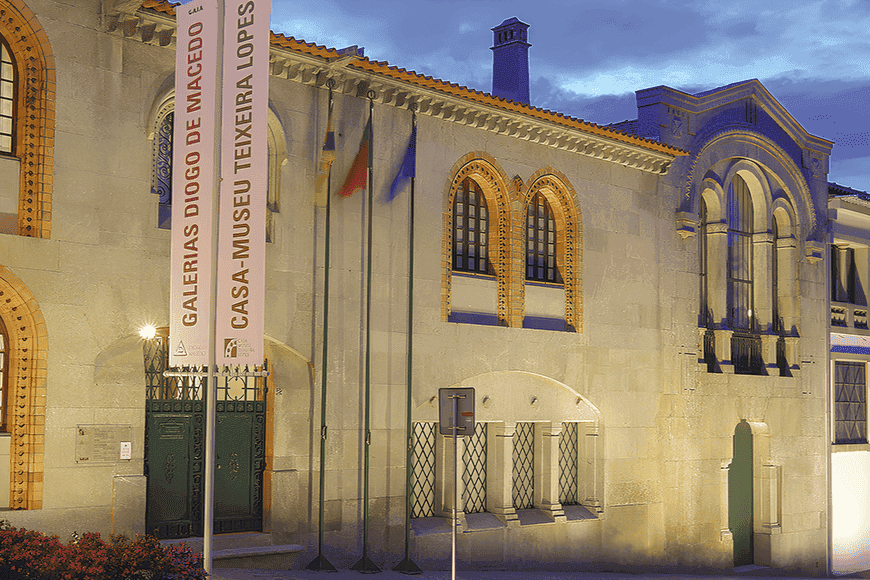
The Teixeira Lopes House-Museum and the Diogo de Macedo Galleries (temporarily closed) form a heritage complex of invaluable worth and a cultural hub in the city of Gaia.
The House-Museum is a 19th-century building with a regional style, featuring a courtyard filled with works of art. It was built in 1895, designed by architect José Teixeira Lopes, to serve as both residence and sculpture workshop. It houses valuable artworks and an important collection of bronze and marble sculptures, as well as plaster models created by Teixeira Lopes (1866–1942).
The Diogo de Macedo Galleries, located in an adjacent building, are more recent, inaugurated in 1975 during the donation of much of the artist’s collection to the Gaia City Council.
Distance: 15 min on foot, 5 min by car
Gaia Quay
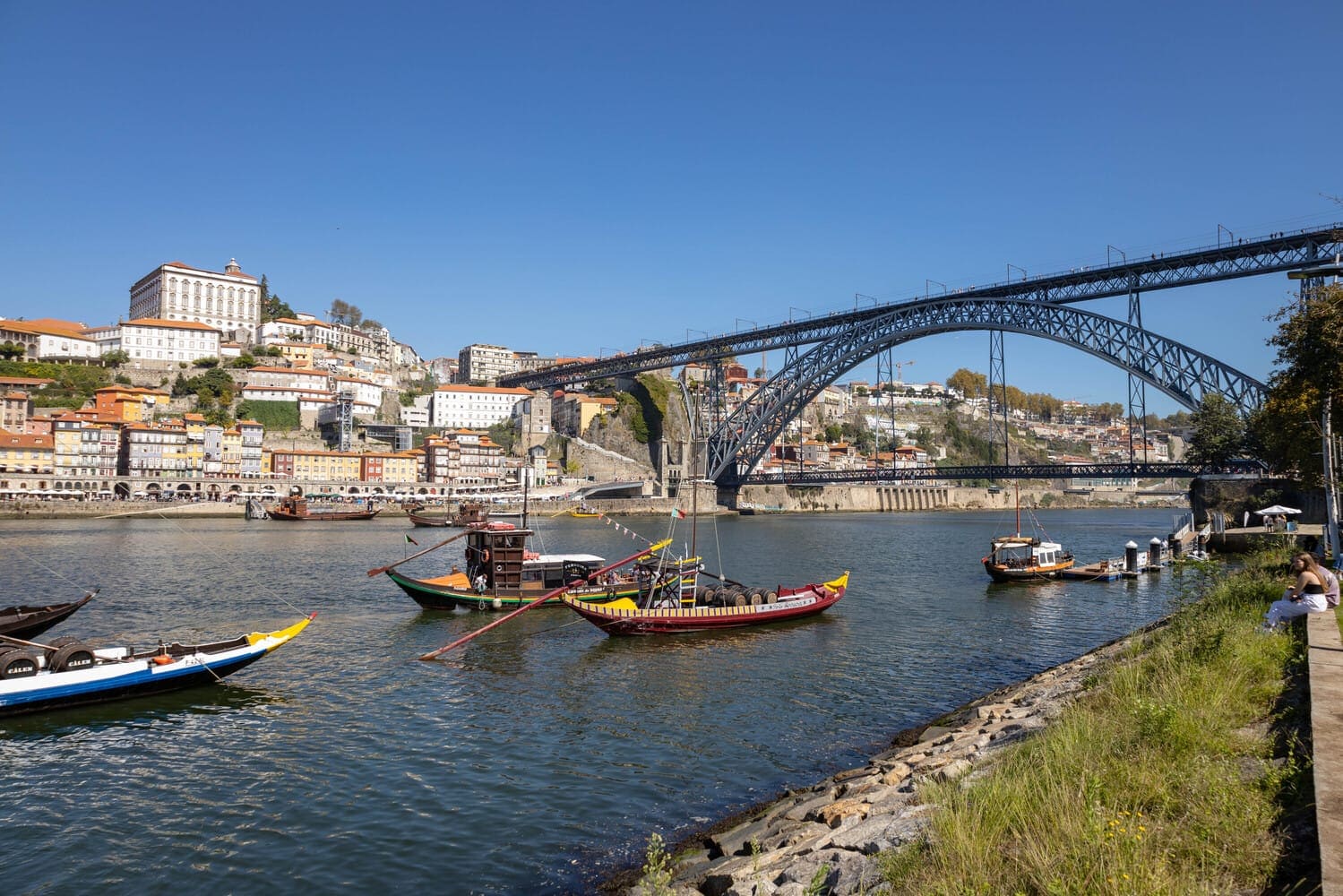
Here, the view is stunning, you can see the river, the Rabelo boat sailing, and Porto on the other side of the river. A view not to be missed and to be savored.
Distance: 19 minon foot, 6 min by car
Maria Pia Bridge
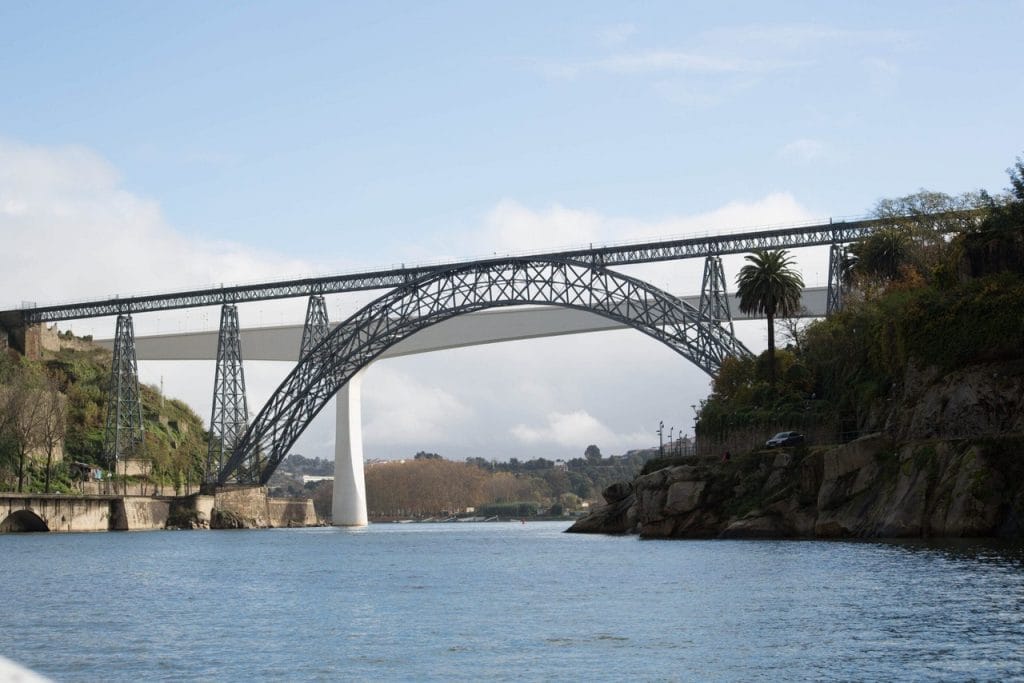
At the time of its inauguration, the Maria Pia Bridge was the iron bridge with the largest arch in the world. The construction of the railway bridge was awarded on June 22, 1875, by the Royal Railway Company, which was responsible for building the Northern Line and crossing the Douro River, to Gustave Eiffel’s company. Inaugurated on November 4, 1877, it was classified as a National Monument in 1982. Due to no longer meeting the requirements of evolving railway services, it was closed to traffic on June 24, 1991.
Distance: 19 min on foot, 7 min by car.
Aqueduct of the Arches of Sardão
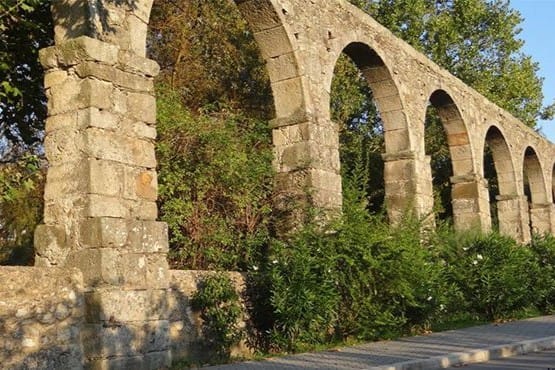
This aqueduct was commissioned in 1720 by José Bento Leitão, the maternal grandfather of the Portuguese writer Almeida Garrett.
It was intended to carry water from a spring in Vilar de Andorinho to the small palace of Quinta do Sardão. It is a sturdy structure consisting of an arcade with twenty-three large full arches, supported by the same number of pillars. It was partially destroyed at the end of 1987.
Distance: 10 min by car
Afurada Heritage Interpretation Center
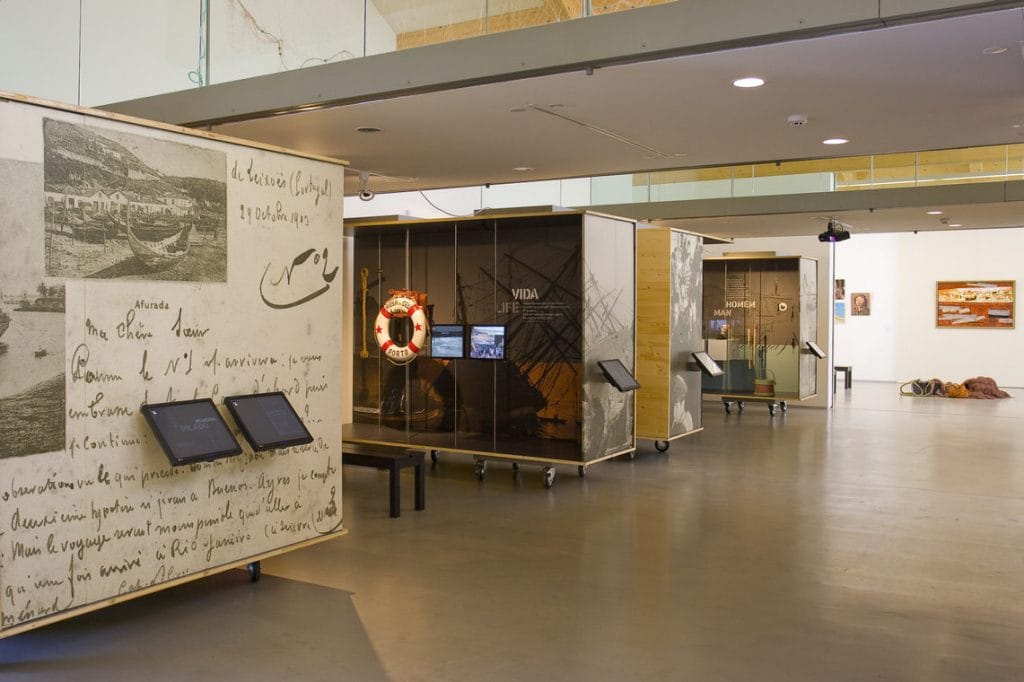
The Afurada Heritage Interpretation Center aims to reflect on the environment and human activity in the Afurada area, ensuring the preservation and appreciation of the collective memory of this community.
Distance: 14 min by car
Parish Bandstand of Canelas
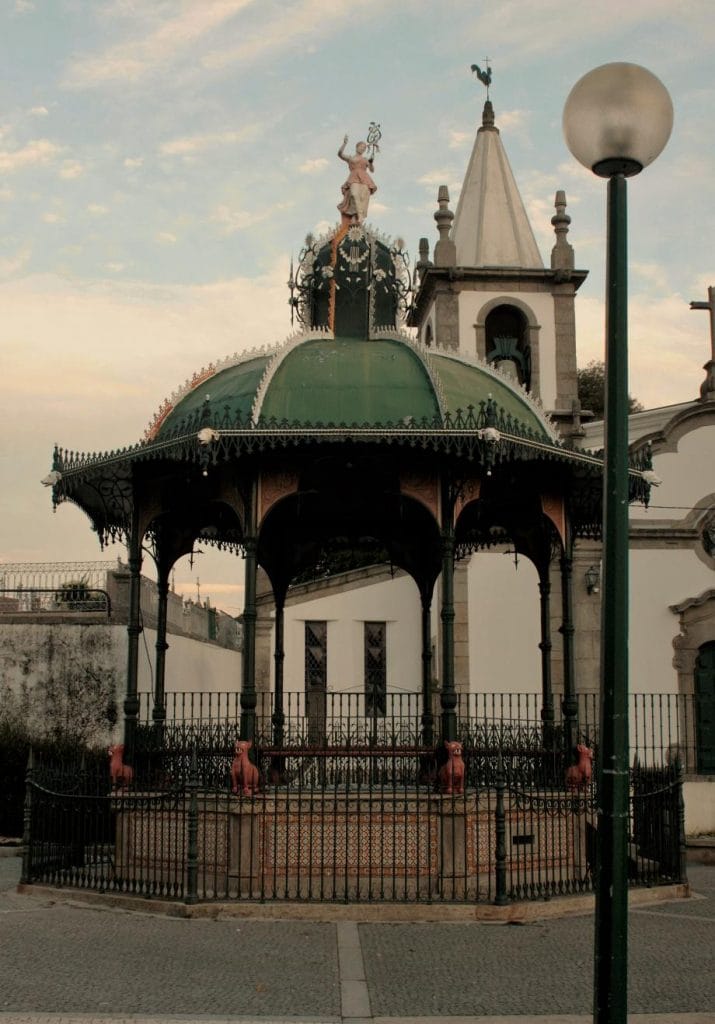
Cultural and recreational architecture, revivalist, neo-Arab style. An octagonal bandstand with a dome-shaped roof topped by a lantern.
Distance: 15 min by car
The Queirosiana House of Gaia – Solar Condes de Resende
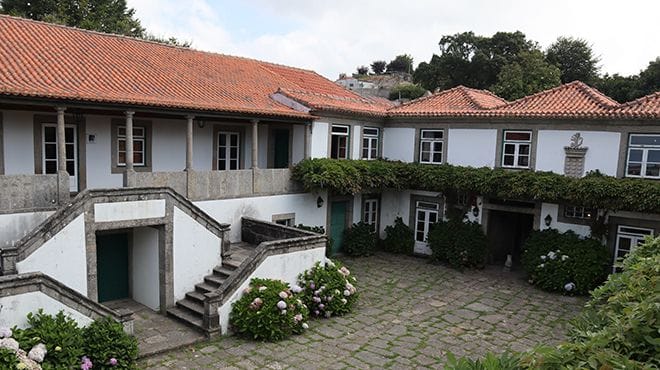
The earliest known documentary reference to this property dates back to the year 1042. Over its history, it has passed through various owners and undergone several architectural modifications to adapt to the passage of time.
Also known as Quinta da Costa, its current name comes from the family of the wife of the writer Eça de Queirós, the Counts of Resende, who spent some summers here.
Located in the parish of Canelas, outside Gaia’s urban center, this pleasant site houses a very important Documentation and Archive Center, the Marciano Azuaga Collection, the works of the Gaia writer J. Rentes de Carvalho, and archaeological reserves belonging to the Municipality.
Distance: 17 min by car
Pedroso Monastery
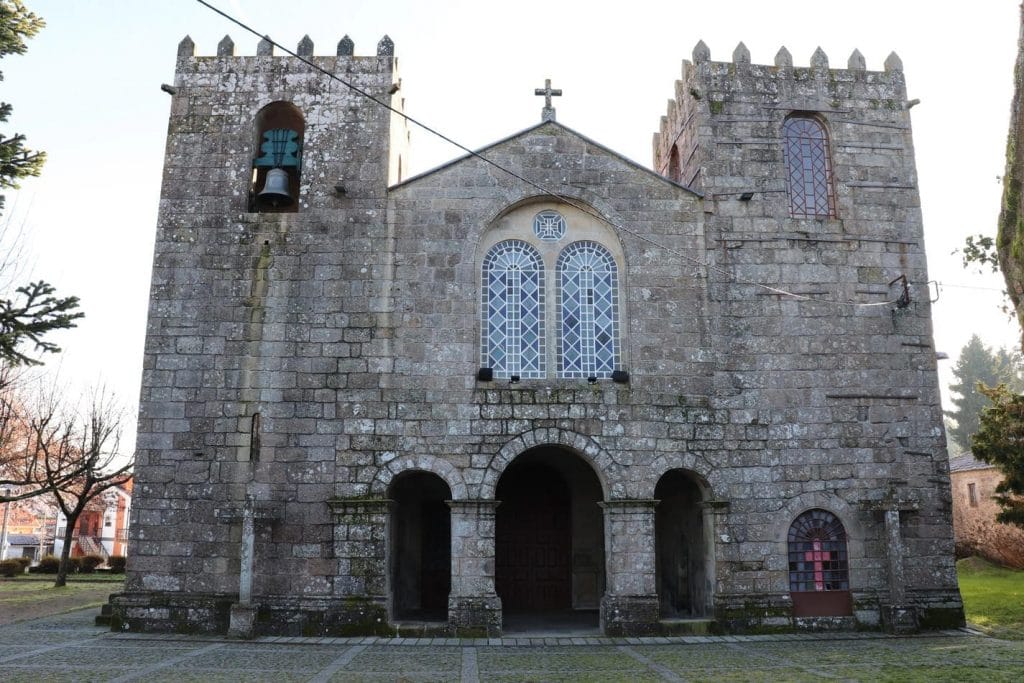
It is a former monastery of the Order of Saint Benedict. According to Friar Luís de São Tomás, it was founded in 867 by a donation from Dom Gondezinho. However, documentary sources suggest it was established between the 10th and 11th centuries, based on a donation deed dated February 24, 1046, in which Trastina Pinioliz states that, together with her husband, Ederónio Alvitiz, they had built the Pedroso Monastery.
The Pedroso Monastery has been classified as a Monument of Public Interest since 2014.
Distance: 17 min by car
Chapel of Senhor da Pedra
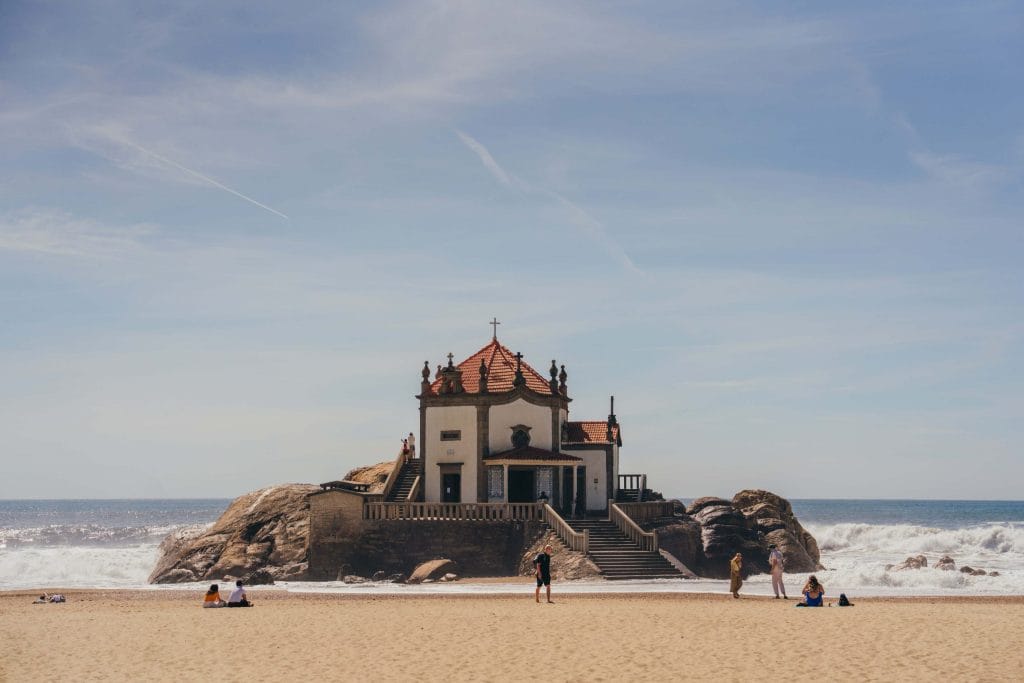
It was built on a rock by the sea. The date June 17, 1763, marks the founding of the Chapel of Senhor da Pedra.
It is believed that the origin of the worship at the Chapel of Senhor da Pedra may stem from an ancient pagan, naturalistic cult of pre-Christian peoples, whose deities were venerated in nature, and which was later converted to Christianity.
Distance: 19 min by car
Grijó Monastery
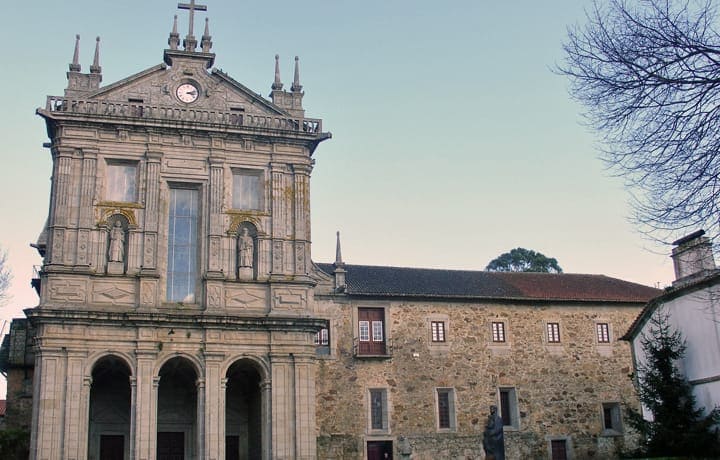
Monastery of São Salvador de Grijó, commonly known simply as Grijó Monastery, is located in Grijó, in the current parish of Grijó and Sermonde, in the municipality of Vila Nova de Gaia.
It has been classified as a Property of Public Interest since 1938. The tomb of Dom Rodrigo Sanches inside the monastery has been classified as a National Monument since 1910.
Distance: 21 min by car
Green Spaces not to miss
Jardim do Morro
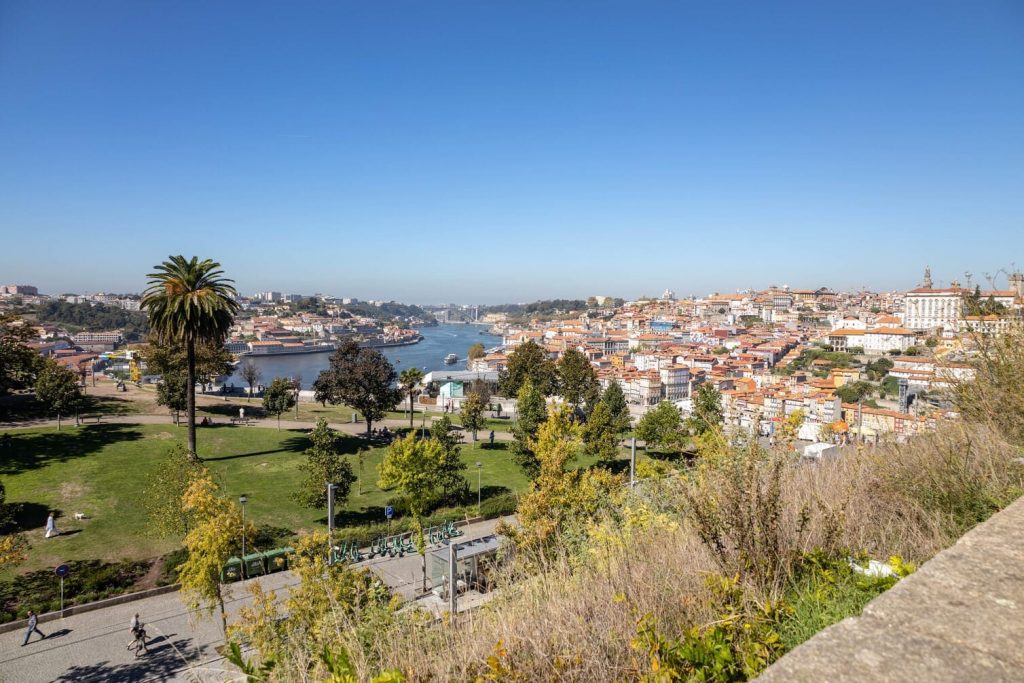
Located at the foot of Serra do Pilar, next to the upper deck of the Dom Luís I Bridge, it offers a magnificent viewpoint over the historic area of Porto. It features a lake, a bandstand, and a wide variety of plant species, including 22 lime trees lined along the final stretch of Avenida da República.
Jardim do Morro was built in 1927 in Gaia.
Distance: 8 min on foot, 7 min by car
Gaia Biological Park
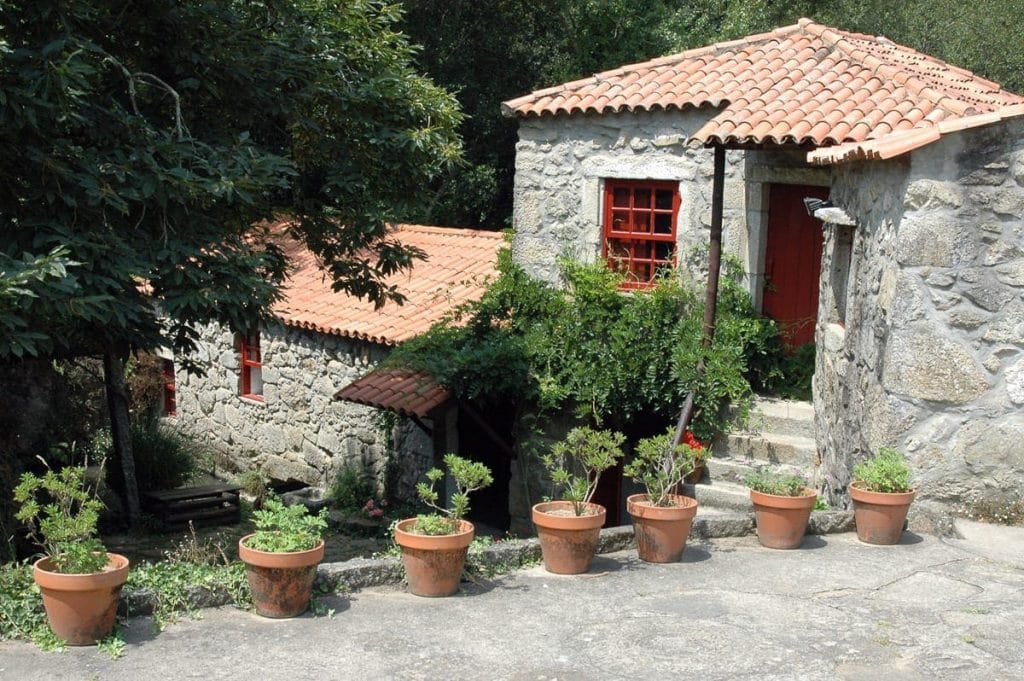
Covering more than 30 hectares, here you can find granaries and threshing floors, different types of forests, farms with rural houses, mills, and many animals.
Distance: 16 min by car
Castle Botanical Park
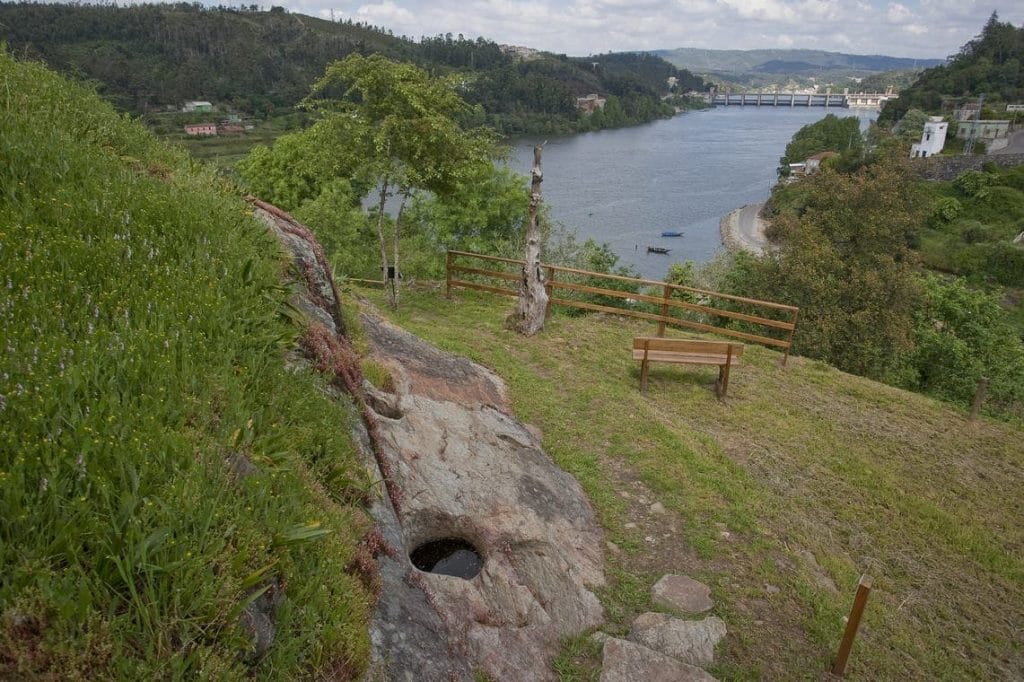
Inaugurated on September 13, 2009, it is listed among the best places to visit in the municipality of Vila Nova de Gaia. Located in the Crestuma area, the Castle Botanical Park is the result of the acquisition of an old abandoned estate.
Since being acquired by the Gaia municipality, this place has taken on a botanical character, featuring ash trees, cork oaks, and oaks, among other species. Additionally, the Castelo Botanical Park also has an important archaeological aspect, with evidence of occupation dating from Roman times to the early medieval era.
Distance: 24 min by car
What to do
Gaia Cable Car
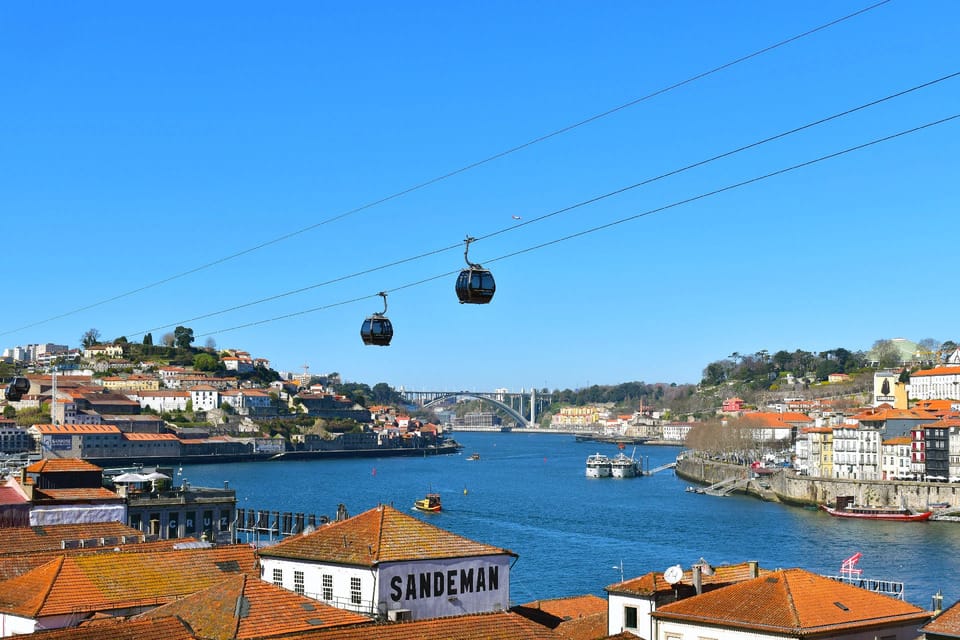
The Gaia Cable Car connects Jardim do Morro (Avenida da República) to Gaia Quay (Municipal Market). Although short, a total of five minutes (600 meters), the ride is well worth it for the spectacular views of Porto, Gaia, the Douro River, and the Luiz I Bridge.
Douro River Cruises
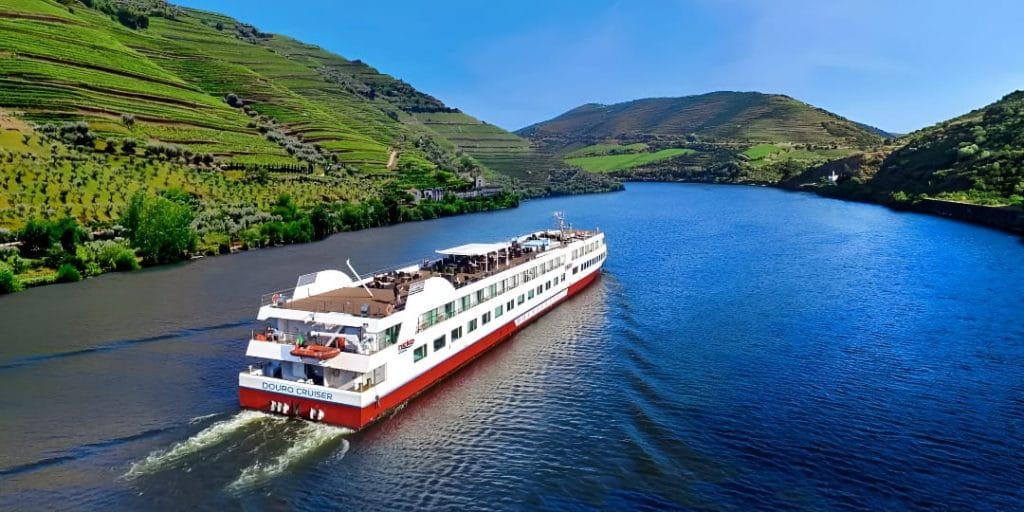
If you are a wine lover and enjoy vineyard landscapes, taking a boat trip on the Douro River is definitely a must-have experience.
There are various Douro cruises available throughout the year.
Historic Douro Train
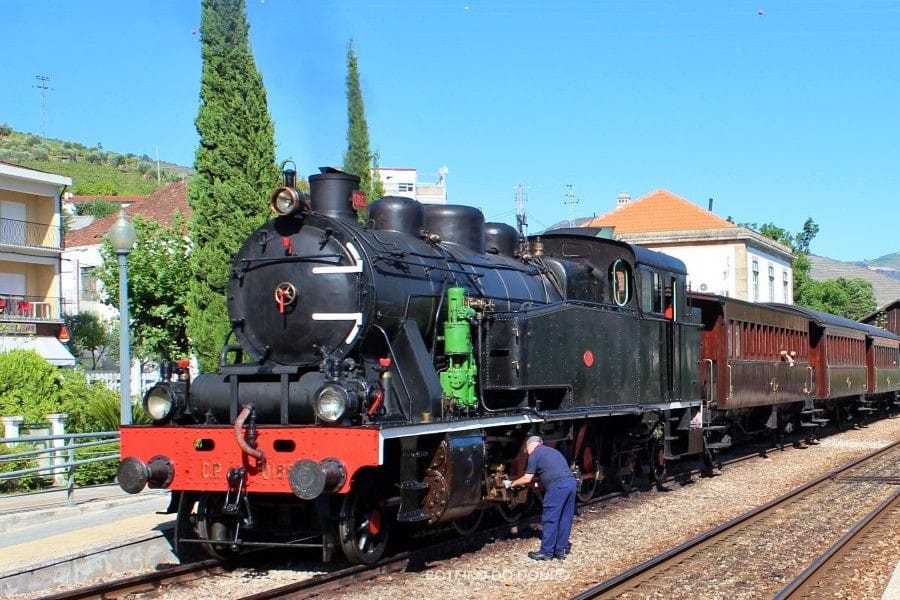
The Historic Douro Train is an authentic journey back in time, but it is only available from July to October. The steam locomotive and the 5 historic carriages travel the route from Régua to Tua, a landscape classified by UNESCO as a World Heritage Site. Another option is the MiraDouro Train, featuring panoramic windows in vintage carriages, which runs year-round between Porto São Bento, Régua, and Pocinho.
Madalena Beach

With good access, it is a very popular beach that offers excellent conditions for surfing and beach volleyball, even hosting various national and international competitions.
If these 24 places and activities are not enough and you want to explore more, be sure to check out the top 22 places to visit in Porto.
_
If you enjoyed these suggestions of things to do in Gaia and Porto, stay tuned to our blog where we will continue to introduce you to Gaia and Porto, among other beautiful cities in Portugal.


